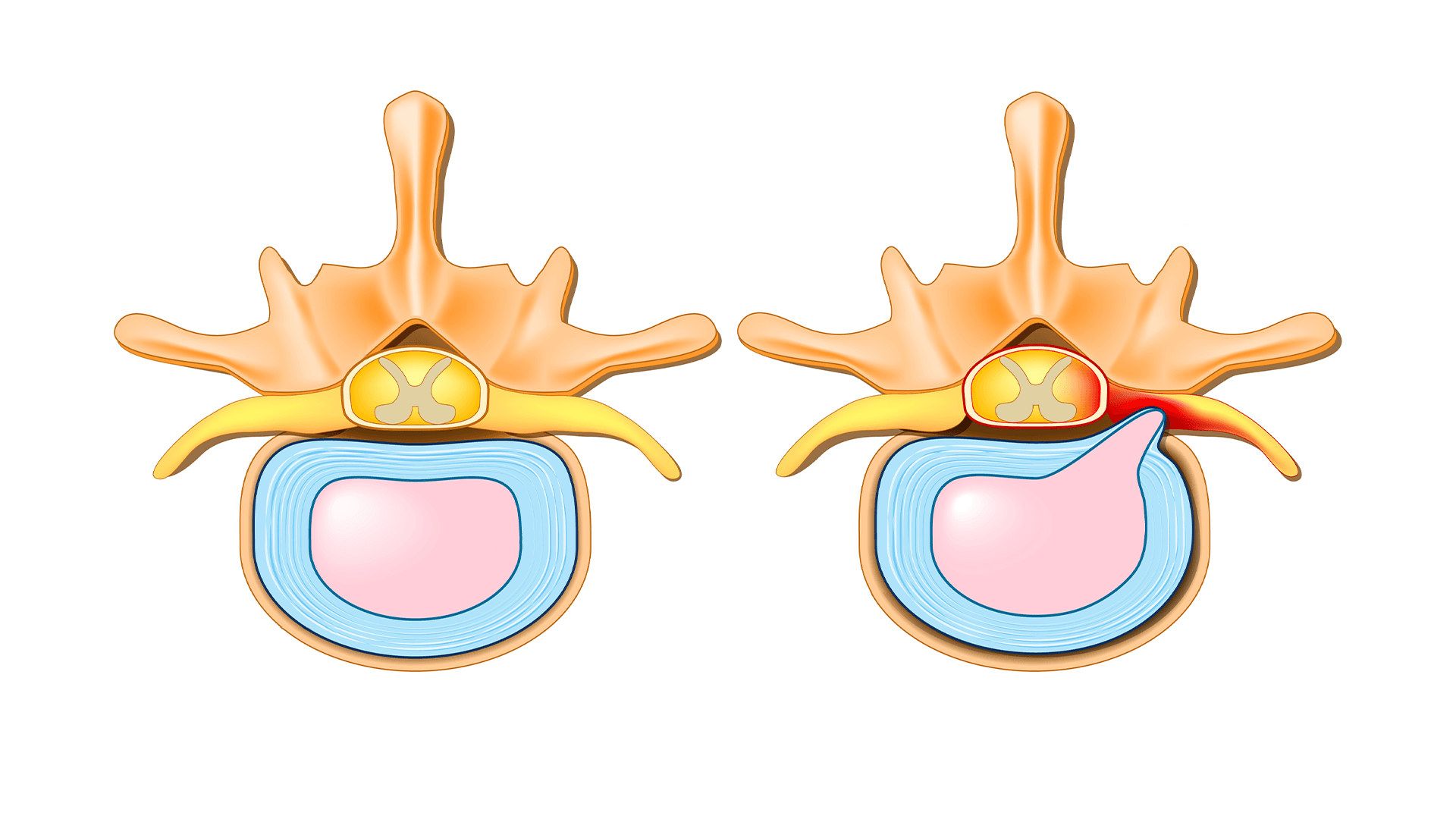Did you know that over 50% of people below the age of 50 have degenerative disc disease? Even more impressive, over 90% of people aged 60 years or older have this condition.
Degenerative disc disease (DDD) is a common condition affecting the cervical spine, or neck, that most everyone will have to deal with at one point during their life. The condition is marked by a number of different symptoms, such as neck pain or arm complaints, due to an injured or damaged spinal disc.
To learn more about cervical foraminal stenosis, keep reading.
What Is Foraminal Stenosis?
The bones of the neck are known as the cervical vertebrae. The discs between these bones act as shock absorbers and provide neck flexibility.
The spinal canal is the main channel within the vertebrae that contains the spinal cord and nerve roots. The foramen are the bony channels between the vertebrae where pairs of spinal nerves travel to our arms.
As we age, normal wear and tear lead to a damaged disc. This is aggravated by changes to the blood vessels that supply the disc, reducing the needed nourishment to keep the disc healthy. As the disc degenerates, bone spurs form that narrow the opening of the foramen, leading to pressure on the spinal nerve roots. This leads to cervical stenosis or narrowing, knowns as cervical foraminal stenosis when it occurs in a foramen.
Common causes or associated conditions of foraminal stenosis include:
- Herniated disc
- Bulging disc
- Bone spurs
- Spondylolisthesis
What Are the Symptoms of Cervical Foraminal Stenosis?
As a result of the degenerative changes, patients can develop a poor posture that leads to constant strain and stress of the neck muscles, resulting in chronic neck pain. This pain is typically localized to the neck or shoulder blades.
When the foraminal stenosis leads to pressure on the exiting spinal nerves, the condition is commonly referred to as a “pinched nerve” and leads to symptoms within the arm.
Here are some symptoms that patients may begin experiencing due to the degenerative disc disease and cervical foraminal stenosis:
- Acute or chronic neck pain
- Pain that radiates into the arms
- Numbness and/or tingling in the arm
- Weakness in specific muscles of the arm
When foraminal stenosis occurs higher in the neck, C3-C4 foraminal stenosis, for example, the pain is focused more heavily in the neck. When occurring at lower levels, C5-C6-C7, there is more involvement in the arms.
Is Cervical Foraminal Stenosis Serious?
Cervical foraminal stenosis can lead to nerve irritation or injury.
Patients with severe foraminal stenosis may experience more intense symptoms. Spinal nerves exiting lower in the neck, such as the C6 spinal nerve, act as both a sensory and a motor root to the arms.
This means that damage to these nerves could result in problems with both strength and sensation that can compromise a person’s ability to perform basic activities, such as lifting up a coffee cup.
What Happens if Foraminal Stenosis Is Left Untreated?
If left untreated, the condition could worsen and lead to permanent neurological injury.
We highly recommend that you see a physician and seek medical advice as soon as possible if you believe that you have problems with arm sensation or strength.
How Is Foraminal Stenosis Diagnosed?
To diagnosis foraminal stenosis, your physician will start with a detailed medical history. This will allow them to assess your pain including its severity, location, and frequency.
A comprehensive neurological exam will be performed to determine if there are any neurological deficits, such as a loss of sensation or strength that is not pain-related.
Your physician may decide to get imaging of the spine. X-rays are the basic screening tool to make sure there is no significant deformity of the spine.
A CT scan provides excellent definition of the bones, while an MRI allows your physician to see the soft tissue structures, such as muscles, spinal nerves, and spinal cord. Contrast material is often not required to evaluate for cervical foraminal stenosis.
What Is the Treatment for Foraminal Stenosis?
There are non-surgical and surgical treatments for foraminal stenosis.
Non surgical
Non-surgical treatments include non-steroidal anti-inflammatory drugs, oral steroids, muscle relaxers, prescription pain medication, and physical therapy or chiropractic treatment. If these less-invasive maneuvers do not work, steroid injections may be considered.
Surgical
If your condition does not respond to non-surgical treatments or has progressed, your physician may recommend surgery. There are different types of surgery that may be considered, including:
-
Discectomy – removal of herniated disc causing nerve compression
-
Foraminotomy – drill open the foramen
Both of these procedures are intended to create more space in the foramen, widen the nerve channel, and relieve pressure on the nerves. Both traditional open surgery and minimally invasive surgery options exist. The advantage of minimally invasive procedures is the potential for smaller incisions, less damage to neck muscles, and shorter recovery times. The use of a small incision however might not always be the best option.
Your spinal surgeon will choose the right type of surgery for you based on your symptoms, imaging, and your own personal concerns.
Treating Cervical Foraminal Stenosis and Other Neurological Conditions
Whether you suffer from cervical foraminal stenosis, degenerative disc disease, or a combination of issues, you should see a trained spinal specialist. The physicians at Neurosurgeons of New Jersey are specialists trained in the most advanced techniques to treat cervical or other spinal conditions.
If you’re having symptoms, you should call our team at Neurosurgeons of New Jersey and make an appointment.

About Dr. Michael G. Kaiser
Dr. Michael G. Kaiser is a nationally recognized neurosurgeon in North Jersey and is a proud member of Neurosurgeons of New Jersey, practicing out of their Ridgewood office conveniently located on East Ridgewood Avenue. Dr. Kaiser specializes in complex and minimally invasive spine surgeries.
Please call today to schedule a consultation with me. (551) 284-3265
Request a consultation with Dr. Kaiser






